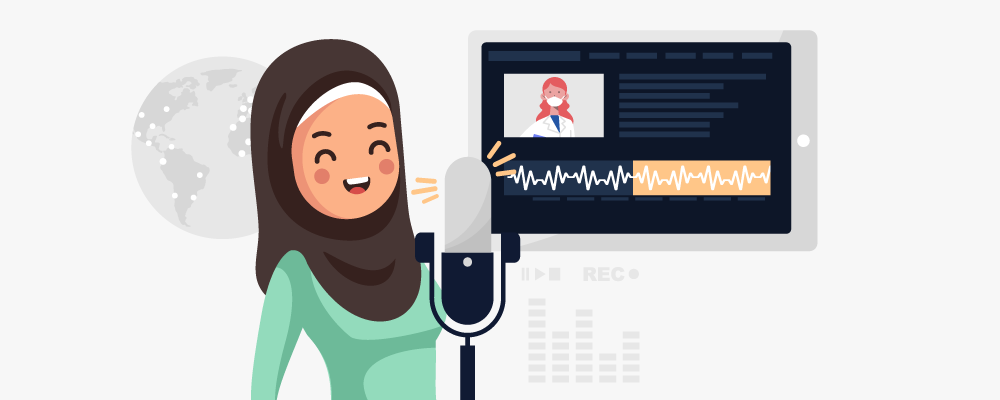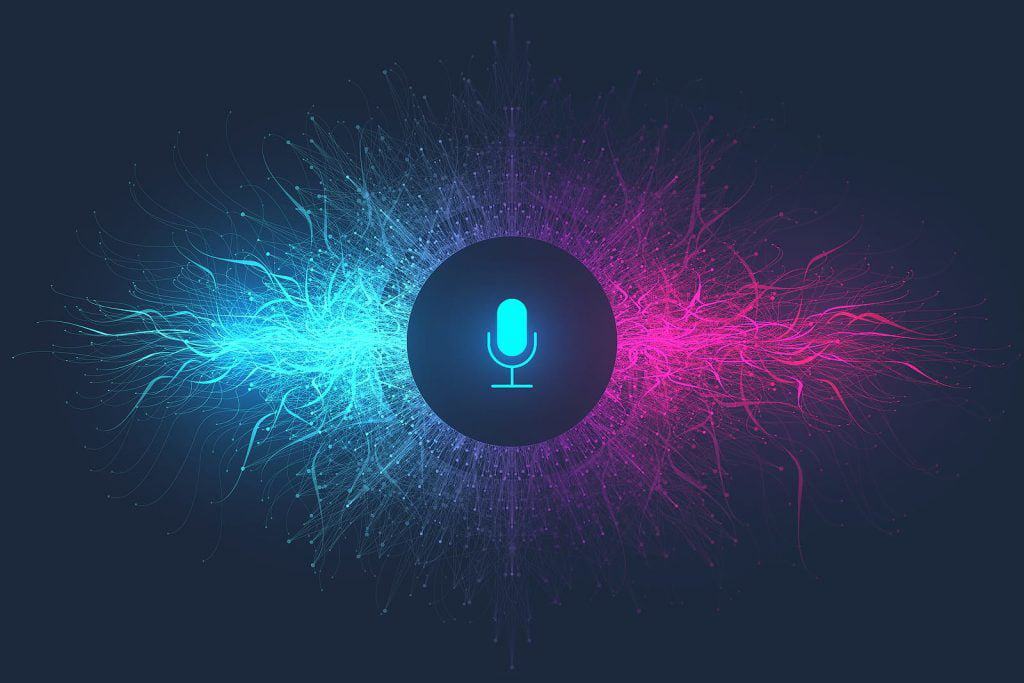Language is the most powerful communication tool; through it, we can teach, inform, and reach millions of people with a single message. But when so many different languages are being spoken in the world today (around 6,000 is the most conservative estimate), how do we ensure that everyone is being heard? Read on as we explain how recording voices from ethnic minorities can help us spread our messages to a broader audience!
Introduction to Recording Voices of Ethnic Minorities
When recording the voices of ethnic minorities, there are a few things to keep in mind. This is at least the experience of Prime Group as an international studio familiar with multilingual recordings since 2000.
You want to ensure that the candidates are not only native speakers of that minority language but also educated so that their readings are precise and non-accented. You also need the consent of the person whose voice you’re recording. Regarding the recording itself, you’ll need to decide what format to use and choose an appropriate setting or studio to capture the voice.
So first, ensure that the voice talents keep the mother tongue fresh and authentic. They interact with their community and actively speak and read that particular language.
About obtaining consent, it is crucial to explain to the person why you want to record their voice. Be honest about your intentions and be clear about how the recording will be used. Getting written consent from the person before proceeding with the recording is also essential.
Regarding format, the best option is a digital audio file, which can be easily shared online or via email. Some commonly used formats include WAV and AIFF for high-quality recordings and MP3 or AAC to balance audio quality and file size.
Finally, when choosing a location for the recording, there are a few things to remember. First, you’ll want to find a quiet and soundproof place with no distractions or background noise. Second, you’ll want to ensure that the space is large enough so that your subject can comfortably speak without feeling cramped. In short, only a studio, even a home studio, will get the best audio.
The Benefits of Spreading Language Across Platforms
When it comes to promoting language and culture, spreading the word across multiple languages is vital.
There are many benefits to spreading language across platforms. For one, it allows you to reach a larger audience with your message. For instance, if you want to penetrate a broad audience in India, the world’s most populous country, you should consider recording at least 10 of the 121 languages of this linguistically diverse country. Additionally, it helps to build awareness and understanding of different cultures among those who may not be familiar with them.
Describing the Technology Used to Record Voices
Since wax cylinders and shellac discs, the technology used to record voices has come a long way. Today, professional voice recordings are made using digital devices that capture high-quality audio files. The voice is captured by a condenser microphone, then the resulting analog waves are transformed into digital information through a converter or sound card. Then it’s processed with audio software.
These digital recordings can be stored on a computer or other digital storage device and then transferred online or through other formats for distribution. The advantage of using digital technology is that it allows for easy editing and manipulation of the recorded audio, which can help create a finished product that is clear and free of background noise.
Tackling Language Barriers and Connecting Communities
Recorded Voices Of Ethnic Minorities Can Help Connect Communities
Language barriers can prevent people from fully understanding and participating in their community. This is especially true for ethnic minorities, who may not speak the dominant language. But there is a way to help bridge the gap – through recorded voices.
Recorded voices of ethnic minorities can help connect communities by providing a way for people to access information and services in their own language. They can also help build trust and understanding between different cultural groups.
There are many ways to use recorded voices to connect communities. For example, they can be used to:
-Translate written materials into different languages
-Provide audio descriptions of events or activities
-Create bilingual audio tours of community landmarks or attractions
-Record messages from community leaders or members for broadcast on radio or TV
Breaking Stereotypes with Media Representation
Media representation is one of the most powerful tools for breaking down stereotypes and promoting understanding between different groups. When minority groups are accurately represented in the media, it can help to dispel misconceptions and provide a more realistic view of their lives and cultures. In the USA, states such as California communicate relevant information to voters using minority languages such as Tagalog, Farsi, Hindi, Korean, Japanese, Thai, and Vietnamese. Spanish as well, but this language is a 2nd language in most of the US.
Recorded voices are one way to ensure that minorities are heard and their stories are told. By sharing the experiences of ethnic minorities through recordings, we can help to educate others and create a more tolerant world.
Conclusion
Recording the voices of ethnic minorities provides a powerful platform to ensure their presence is known, even in spaces where they may otherwise be forgotten or ignored. At Prime Group, we know that by recording and sharing these stories and insights, we can bring marginalized communities into the conversation, help build understanding between individuals from different backgrounds, and ultimately improve our society.
You can trust your recordings in most languages to Prime Group.


